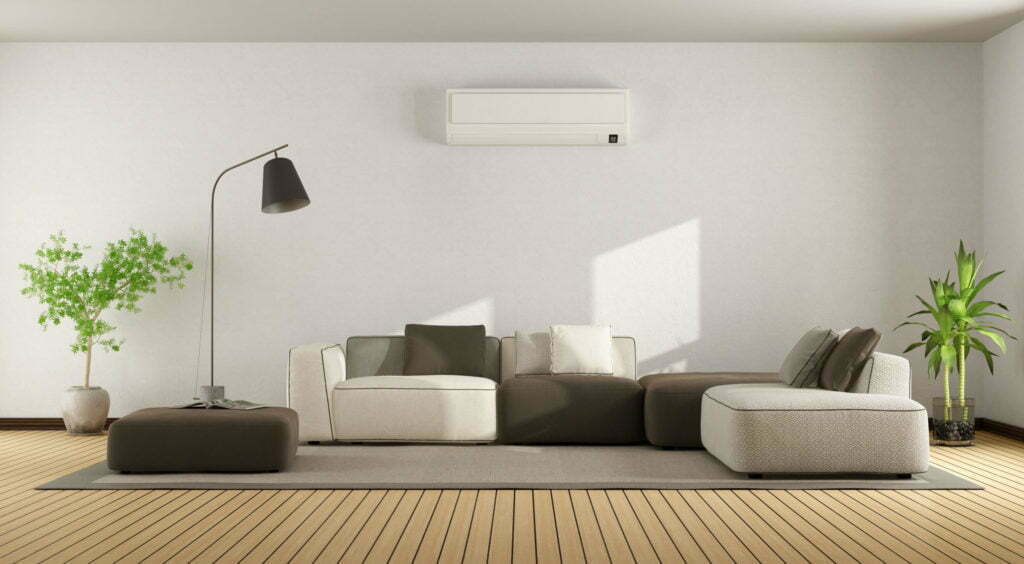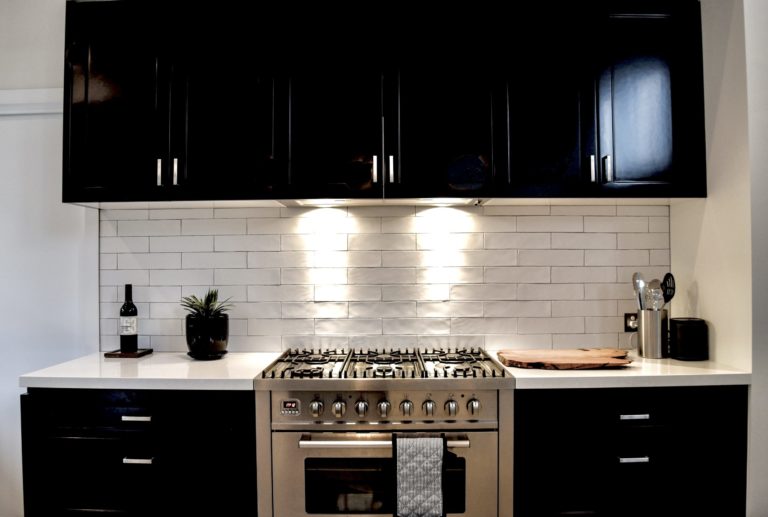Window air conditioners are one of the most popular types of air conditioners on the market. They are easy to install and generally less expensive than other air conditioners. If you’re eager to install the best window AC unit but don’t know where to begin, start by reading this guide and learning more about the unit and how to use it.
Window AC Unit Basics

Window air conditioners use a cold air handler to cool the air in a room and a compressor to pump the cooled air out of the unit and into the room. They come in both single and dual-hose models. The single hose model exhausts hot air out of the room through the window, while the dual-hose model draws in cool air from outside to help cool the room. Window air conditioners come in various sizes and styles, so choosing the one best suited for your needs is important. The size of the unit is important, as you want to ensure that the unit is large enough to cool the room you are trying to cool. The style of the unit is also important, as you want to check that the unit will fit in the window you plan to use it in. Window air conditioners are a great way to cool your home during summer. While they are not as efficient as central air, they are much more affordable to install and use far less energy.
Window AC Unit Installation

A window AC unit is relatively quick and straightforward to install. The first step is to measure the window holding the air conditioner. The unit should be slightly smaller than the window opening to fit snugly inside. Once you have measured the window, gather the necessary tools and materials for the installation. You will need a drill, a screwdriver, a level, a tape measure, and a stepladder. You will, of course, need an air conditioner, but make sure you also get insulation, screws, a drill bit, and a saw.
The next step is to install the insulation. Cut a piece of insulation to fit the window opening and drill a few holes so the air conditioner can vent. Then, screw the insulation to the window frame. Now it is time to install the air conditioner. Begin by removing the front panel of the unit. There are usually screws at the top and bottom of the panel that needs to be removed. Once the panel is off, you will see the mounting bracket. The bracket should be placed in the middle of the window opening, and the air conditioner should be tilted slightly upwards so that the drainage hose will not pool water on the ground.
Once the bracket is in place, use the drill to make a few holes in the window frame. The holes should be big enough for the screws that came with the air conditioner. Then, screw the bracket to the window frame. Next, reattach the front panel of the air conditioner. Make sure the screws are tight, so the panel does not rattle. Now it is time to connect the drainage hose. The hose should be routed through the insulation hole and outside the window. Ensure the hose is not kinked and will not get wet. Plug in the air conditioner and turn it on. You should now be cool and comfortable.
Window AC Unit Operation
Before you operate your window AC unit, make sure you plug it into a wall outlet and turn it on. There are typically three buttons on the air conditioner: mode, fan speed, and temperature. To change the mode, press the mode button. Most air conditioners have three modes: cool, fan, and dehumidify. The dehumidifier is a great feature for people who live in humid climates, as it regulates the moisture in the air. Press the fan speed button if you want the fan on instead of the air conditioning. You can keep it on a low setting for ambient noise or a high setting to circulate air effectively. To adjust the temperature, press the temperature button and set it to either low, medium, or high. The air conditioner will automatically turn off when the temperature is reached or when the timer runs out.
These window AC unit FAQs should help you understand how to install and use your air conditioning unit. If you run into deeper issues, contact the manufacturer of your unit and try to keep it clean and free of debris.





